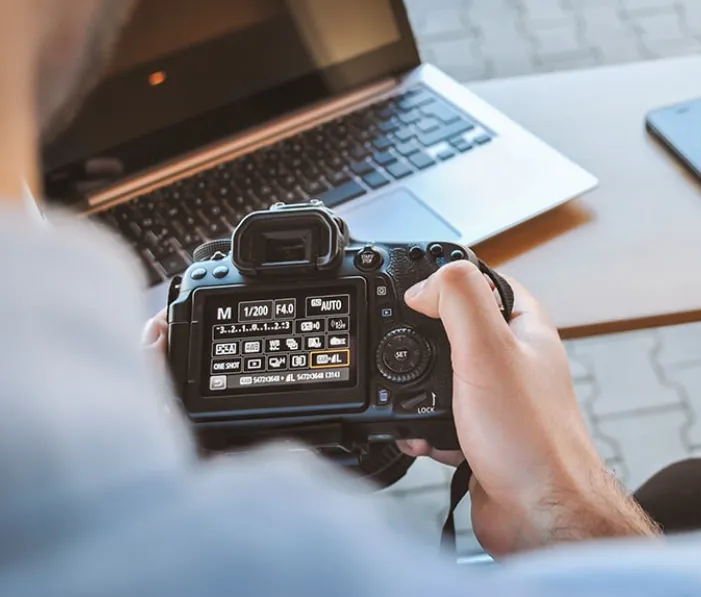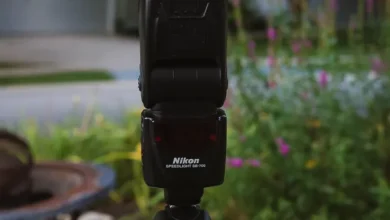
Mastering Your Camera’s Creative Modes: A Beginner’s Guide
Are you new to photography and finding yourself stuck in full automatic mode, or perhaps even avoiding the creative settings on your camera? If so, it’s time to break free and explore how you can enhance your skills using these modes. Let’s dive into how these creative settings can help you improve your photography, step by step.
Why You Should Step Beyond Auto Mode
If you’ve been using automatic or program modes, that’s okay. They’re great for getting started. But if you want to take your photography to the next level, it’s essential to explore other settings. At first, the buttons and dials on your camera might look overwhelming, but understanding them doesn’t have to be complicated. Think of it like learning a new craft—take it slow, master one concept at a time, and the rest will follow.
Understanding the Basics of Camera Control
Your camera’s primary role is to control the amount of light that reaches the sensor, which is done through two key components: the shutter speed and aperture. Shutter speed controls how long the camera’s shutter is open, while the aperture adjusts the size of the opening through which light enters. These two elements combined allow you to control both the exposure and the creative effects in your photos.
- Shutter Speed: The faster the shutter, the sharper moving objects will be. Slow shutter speeds create a sense of motion or blur.
- Aperture: A wide aperture (small f-number) gives you a shallow depth of field, blurring the background, while a small aperture (large f-number) keeps more of the scene in focus.
These elements, working together, form the foundation for more advanced creative photography. Let’s look at the camera’s creative modes to help you get started.
Creative Mode #1: Portrait Mode
Portrait Mode is symbolized by a little face icon on your camera and is designed to help you capture better portraits. This mode prioritizes a shallow depth of field, meaning your subject will be in focus while the background is blurred (creating the bokeh effect).
It also adjusts shutter speed to ensure sharpness, especially for still subjects. However, this mode may not always be ideal for group portraits, as it tends to favor a wide aperture, which can leave some subjects out of focus. For a group shot, consider using a smaller aperture to keep everyone in focus.
Creative Mode #2: Landscape Mode
Indicated by a mountain icon, Landscape Mode is meant to give you a sharp focus across the entire scene, from the foreground to the background. To achieve this, the camera will select a small aperture (like f/16 or f/22), allowing you to capture maximum depth of field.
However, a smaller aperture might require a slower shutter speed, making it difficult to shoot handheld without causing blur. If you plan to shoot landscapes regularly, investing in a tripod is a great idea. For those starting out, a good rule of thumb is to use a shutter speed that’s at least as fast as your lens’s focal length (e.g., for a 200mm lens, aim for a shutter speed of 1/200th).
Creative Mode #3: Macro Mode
Macro Mode, often represented by a flower icon, is used for photographing subjects at a very close distance. While true macro photography involves capturing a subject at 1:1 size on the sensor, this mode allows you to photograph small objects like flowers or insects in great detail.
Macro Mode helps achieve a shallow depth of field, so only a small part of your subject may be in focus. Be mindful of your distance from the subject and the aperture used, as these can affect your depth of field. Also, remember that close-up photography can be tricky in windy conditions, as even the smallest movement can blur the shot.
Creative Mode #4: Sports Mode (Action Mode)
When you need to freeze motion, Sports Mode (depicted by a person running) is your go-to. This mode will select a fast shutter speed to ensure that moving subjects appear sharp and clear.
However, the fast shutter speed requires a wide aperture, which means less of the scene will be in focus. While this is great for action shots, it may not work well for scenes where you want everything in focus. If you’re capturing large groups or wide scenes, try using Landscape Mode instead.
Bringing It All Together: A Step-by-Step Approach
As you start using these creative modes, experiment with each to understand how shutter speed and aperture work together to influence your photos. For example:
- Try Portrait Mode with a subject in good lighting to see how it blurs the background and makes the subject pop.
- Take a landscape shot with Landscape Mode and observe how a small aperture sharpens the entire scene.
- Experiment with Macro Mode by getting close to flowers, capturing intricate details that are otherwise hard to see.
Conclusion
Using the creative modes on your camera is an excellent way to expand your photography skills and break free from automatic settings. These modes help you control important aspects like depth of field, motion, and exposure, allowing you to capture better photos in various situations. By practicing and experimenting with each mode, you’ll learn how to use your camera more effectively and gain a deeper understanding of photography. So grab your camera, switch to one of the creative modes, and start capturing some stunning shots today!




